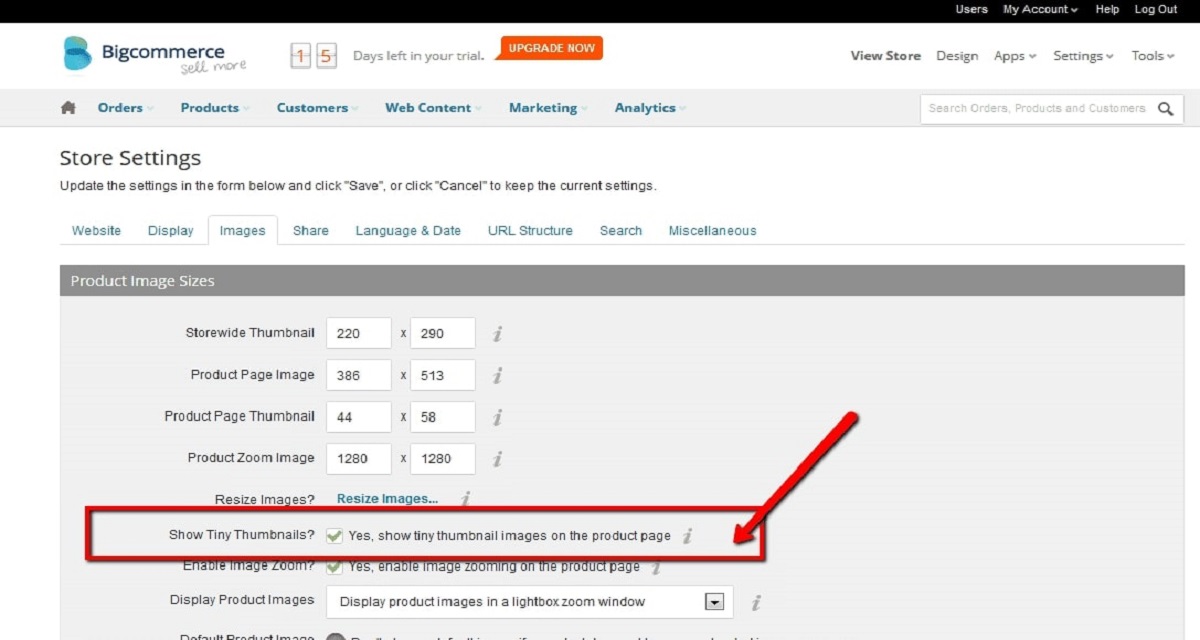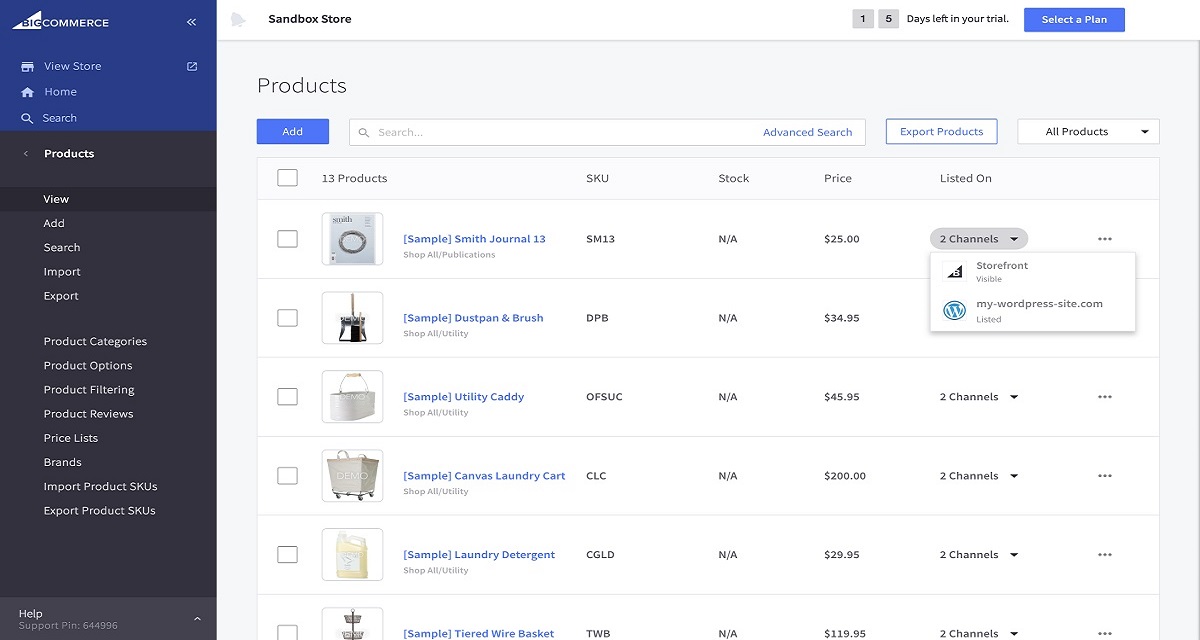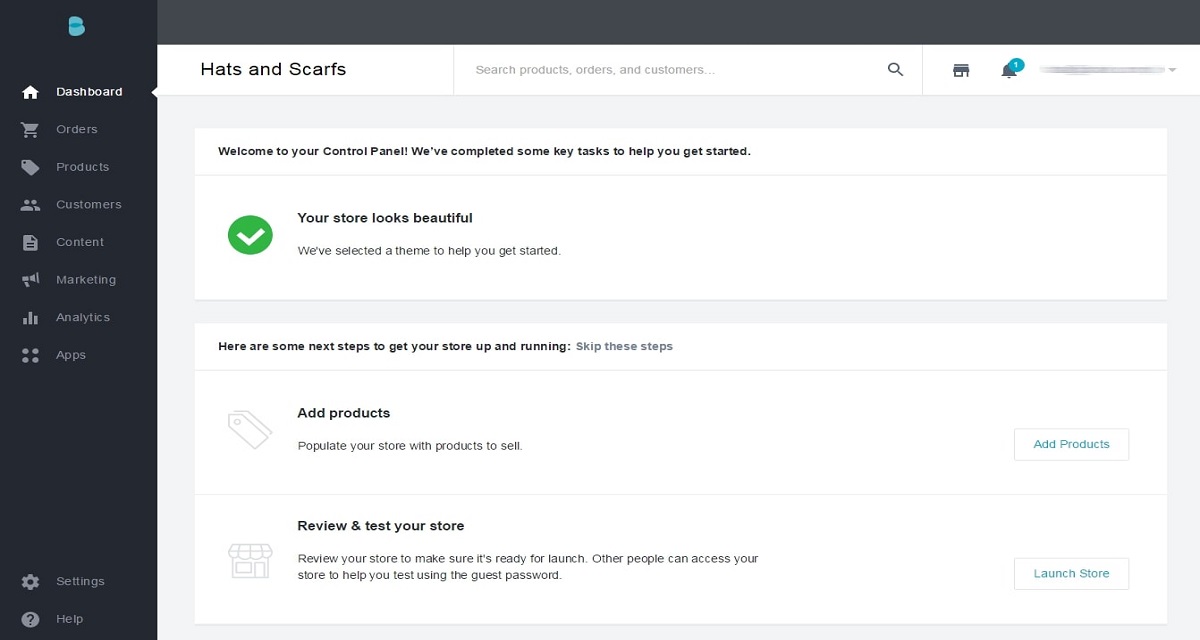How to setup Price Increase for BigCommerce?
The most effective way to update your product list and price is to export and import it. Importing is the easiest way to make changes in bulk, whether you’re introducing new items or changing old ones. You can make changes to your choices, photos, inventory, and even categories.
Exporting your items is also an excellent way to keep a copy of your catalog. While all export templates contain information such as the product name, you can get more specific by creating your own export template or customizing a copy of one to fit your needs.
The first starting point
You’ll need Excel, Numbers, or Google Sheets, or another spreadsheet software that supports CSV or XML files. If you plan to import the exported data back into BigCommerce, we suggest using the CSV format when exporting your files. Every other kind of file will not be imported.
When importing data into BigCommerce, specific fields will be needed. When making new products, for example, the CSV must contain the Product Name and Price fields. When importing product images, the file names are case-sensitive and limited to certain characters. Photo files must also be JPEG/JPG, GIF, or PNG. TIFF, BMP, and PDF file formats are not allowed. When importing SKUs, the Product SKU and Stock Level fields must be present in the CSV file.
| These are only a few of the specifications you should be aware of before importing or exporting. If you run into any problems, go to Troubleshooting | Data Import/Export for assistance with a variety of different scenarios. See Importing Product Options if you’re having trouble with options. |
Choosing an export template
An export template determines the type of product and price increase information you’re exporting. The product name and price will be included in all export templates, but you can add additional prices and measurements.
There are a few product export models developed into BigCommerce:
-
Bulk Edit (recommended) — the bulk edit template was designed to enable you to update your product details in bulk. It has explicitly named columns that allow you to skip steps in the importing phase and contains the most of exportable fields.
-
Default — only the most basic product information, such as name, weight, definition, and price, are included in the default prototype.
You can also make your own export models and include only the product fields you want.

Exporting products
Go to Export Products.
Choose your export options:
If you aren’t using a custom template, Bulk Edit is a good option.
You have the option of exporting your file as a CSV or XML file. Any other file form will not import, so we suggest CSV.
— Is it possible to save an export to the server for later download? Choose this option to save the file to your WebDAV exports folder (recommended if you’re exporting 1000 or more products).
In the pop-up window, click Continue, then Export my Products to a CSV file. The export will start to run.
Click Download my Products file when the export is over. The file will be downloaded and saved to your computer’s Downloads folder.
After you’ve exported the CSV, you can customize the spreadsheet to meet your specific requirements, such as adding categories, options, upgrading product photos, or adding new fields.
Importing products
Import products by going to Products Import.
Under Import Options, fill in your desired settings. The following are some suggestions:
The file was exported using the ‘Bulk Edit’ template — Check this box if you used the Bulk Edit template to export your file or used our sample CSV or used the same column names specified in the table of supported fields below. The rest of the Import Details settings will be pre-selected, allowing you to skip the Matching Fields stage.
If this box is checked, your goods will be modified when you import them. This is the most common reason for importing goods, so choose this choice.
Current photos and downloads will be deleted, as will all of your product images and digital product files. They can’t be recovered from BigCommerce after they’ve been removed. For most import cases, enabling this setting is not recommended.
Detect product categories from CSV file — Choose this option if you want the import to recognize category names automatically. You can choose to have all of your products assigned to a category in this list if you forgot to fill in the Category field in your CSV.
Ignore blank values during import) — If you uncheck this box, the data associated with any blank fields in your import file will be deleted. As a result, we strongly advise you to leave this setting turned on. If you unchecked this setting and left a product’s description blank, the product’s description will be removed from your store without warning.
Default Option Type — If you’re trying to build options via import but haven’t defined the option type correctly in the file, this is what you’ll get. It will allow you to use only one type of option, but we suggest that you define the option type in your CSV file.
The following settings are usually left alone. If you’re uploading a spreadsheet and need to define the import settings, you’ll use them.

Creating new products via import
Importing is the easiest way to add new products ( price attached ) to your shop, whether you are making new products from scratch or importing a CSV file from a distributor. To import new items, you’ll need to create a CSV file with their information. For more information on CSV files, see the Import/Export Overview.
Fields Needed
The following fields (column headers) must be included in a CSV file to construct a product:
- Product Name
- Price
- Weight (physical products only)
- Track Inventory (set to none, by product, or By option, depending on how you intend to track inventory)
Otherwise, the product would not be generated if the following field is left vacant or not filled in.
- Product ID
Import file formatting
If you are creating an import file from scratch, you can use our sample template.
If you’re using a CSV file from a third-party vendor, the columns won’t exactly fit BigCommerce’s product attributes. To ensure that your product data imports successfully, you must do one of the following.
Adjust the column headers in your CSV to fit the column headers in BigCommerce using the sample template as a reference, or
Match the column header with the corresponding product attribute in the Match Fields stage.
Noticeable tips
Here are a few pointers to ensure that your import goes smoothly.
Import no more than a few hundred goods, SKUs, or photos at a time to ensure a smooth import. The import will run faster if there is less data to process (products, SKUs, rules, and images). Imports containing a large amount of data are more likely to stall.
During the import method, you can choose Bulk Edit Reimport if you’re using the sample template. This will select the suggested import settings for you and allow you to skip the Match Fields stage.

Importing product options
You will need to add sub-product SKUs with those attributes and rules if you need to link an action to the SKU/option, such as changing the price or showing a different picture, to build product variants linked to product choices. The most straightforward method is building the base product, exporting it, and then applying the SKUs and rules.
Exporting specific products
Relevant goods can be exported in three ways:
Individual goods may be chosen Products can be exported based on a quest or a view. Items from a specific group are exported.
Individual goods may be chosen View the products by going to Products.
To export a product or products, check the box to the left of the product or products you want to export.
Select Export These Products from the Choose an Action drop-down menu, then Confirm. You’ll be taken to the Export page after that.
Products exported from a search or view
View the products by going to Products.
If you already have a custom view, go to Custom Views and open it. Build one if you don’t already have one, or use Search to conduct a more in-depth search.
Go to Choose an Action and select Export These Items, then Confirm once your view or search results are ready. If you choose individual products from this list, only those products will be exported; otherwise, all products included in the view or search will be exported.
Products exported from a specific industry
Go to Product Categories > Products.
Go to Action Products and choose the category you want to export.
Select Export These Products from the Choose an Action drop-down menu, then Confirm. If you choose individual products from this list, only those products will be exported; if you donot, all products in that category will be exported.

Creating a custom export templates
The best way to ensure that your product export contains exactly what you want is to customize your design. You can build your own export template or modify an existing one to fit your needs.
We suggest making a copy of the Bulk Edit template and tailoring it to your specific requirements. When you go to re-import it, you’ll be able to skip the manual settings and field mapping.
Go to Advanced Settings > Export Templates to get started. Create a copy of the Bulk Edit template using the Action menu.
In the Template Details section, give your template a name. Since this template would be for goods, make sure that the only choice under Export Options is Allow Products Exporting. You’ll notice that the tabs along the top of the page update when you make changes.
Change the rest of the template’s settings to meet your requirements. When you are ready, go to the Products tab at the top of the page to see the export fields that are open.
Go over each field and check or uncheck as required. When you’ve finished editing, click Save & Exit. You can now use your new template to export your results.
Conclusion
Exporting and importing your product list and price is the most efficient way to keep it up to date. Importing is the most convenient way to make large-scale improvements, whether you’re adding new products or replacing old ones. You can alter your selections, images, inventory, and even categories.
Exporting your products is also a great way to keep a backup of your catalog. Although all export models provide details such as the product name, you can get more precise by making your own or customizing a copy to meet your needs.





